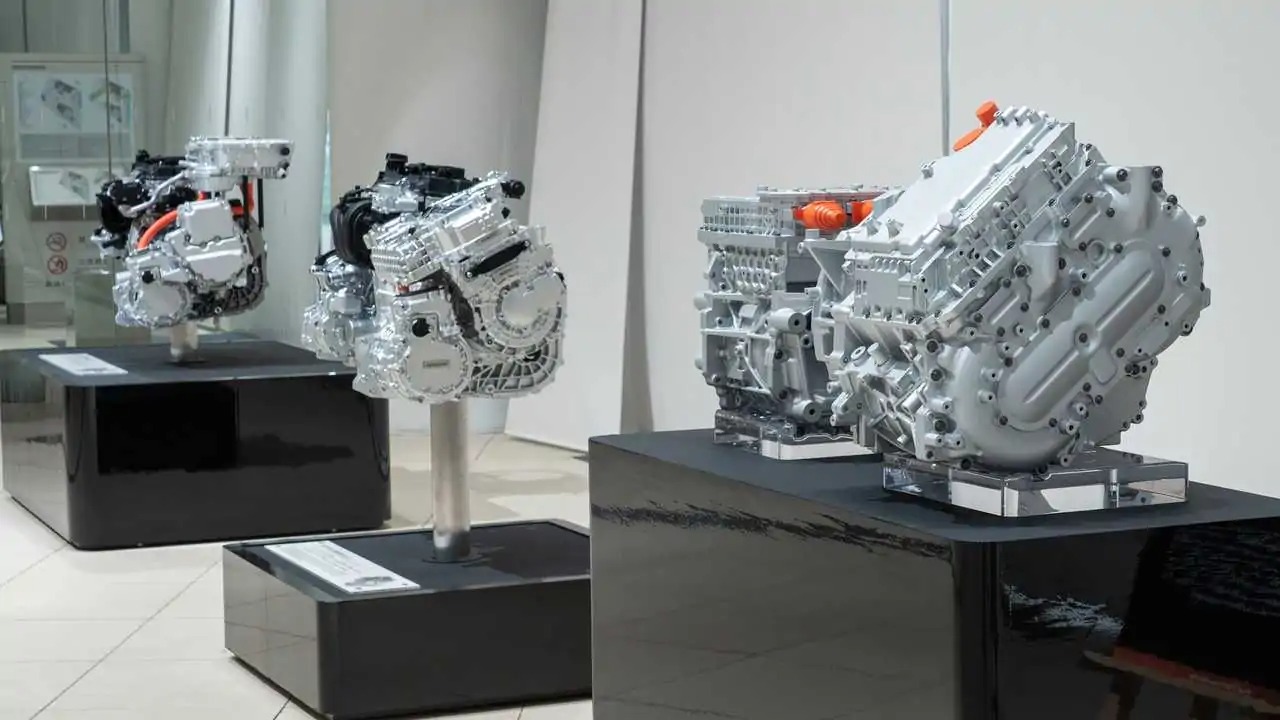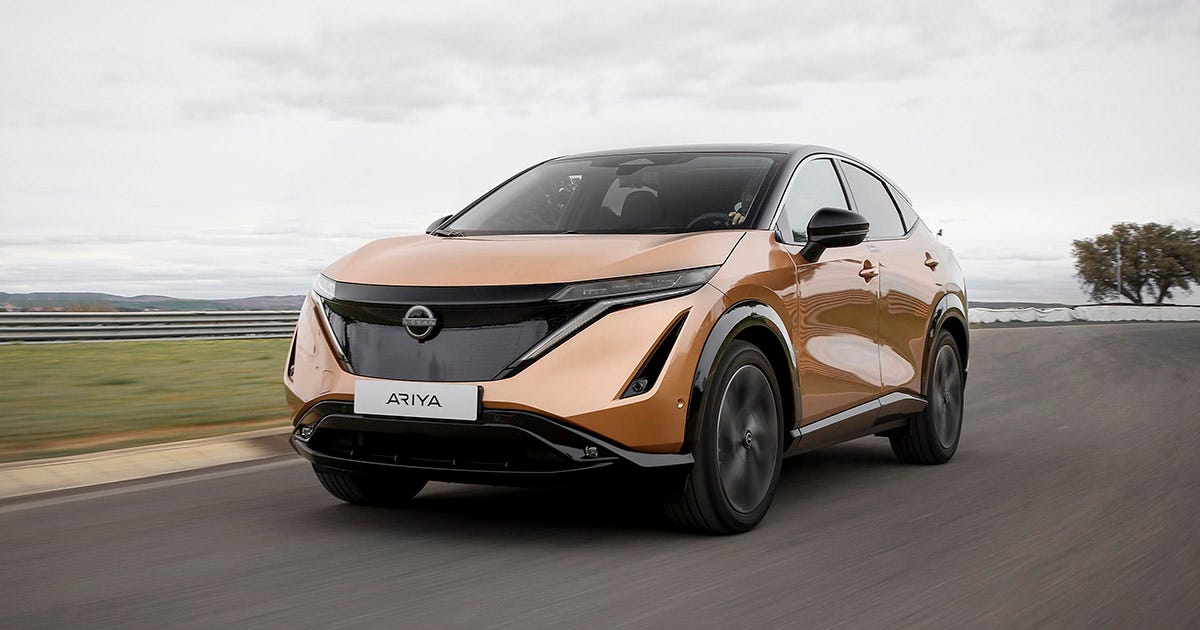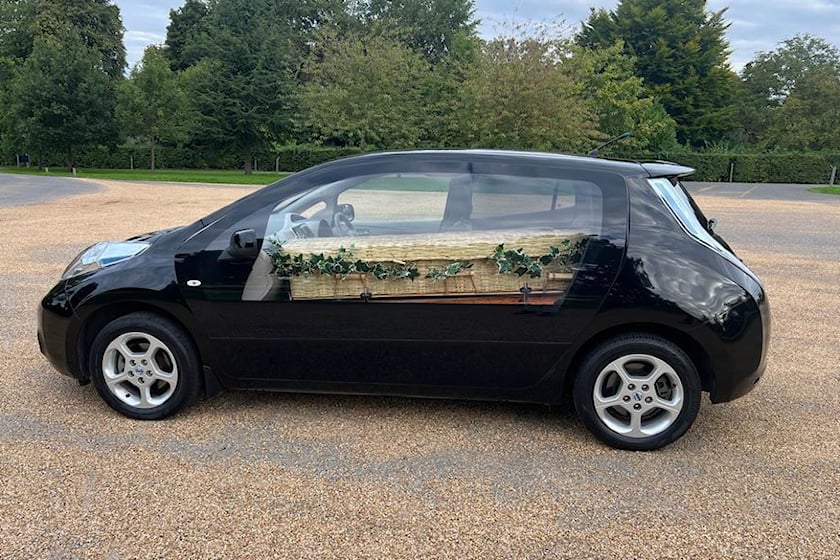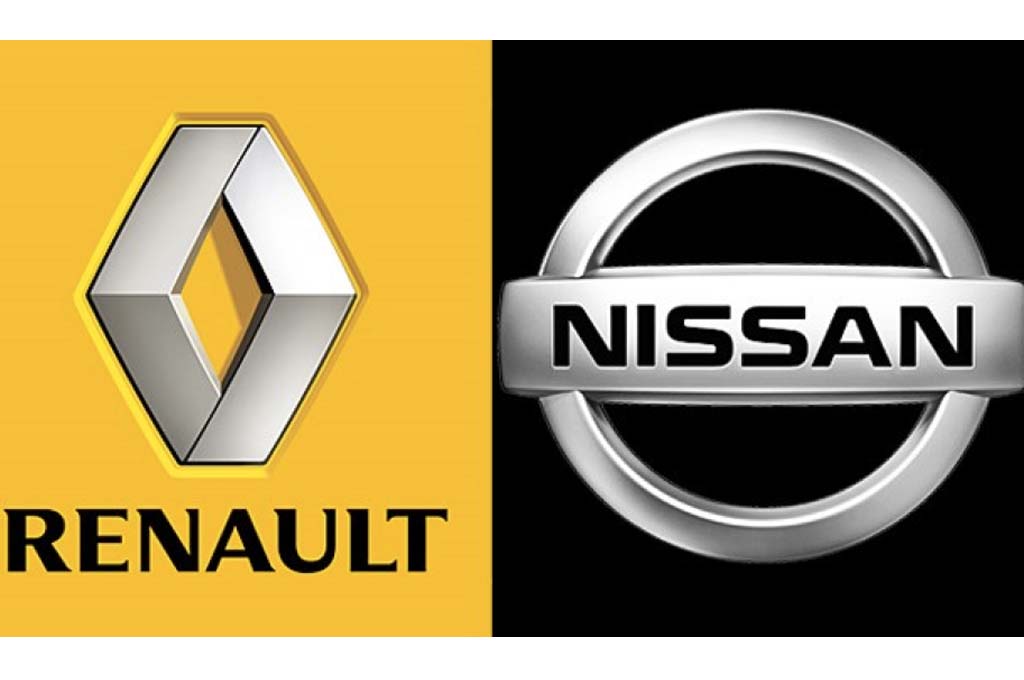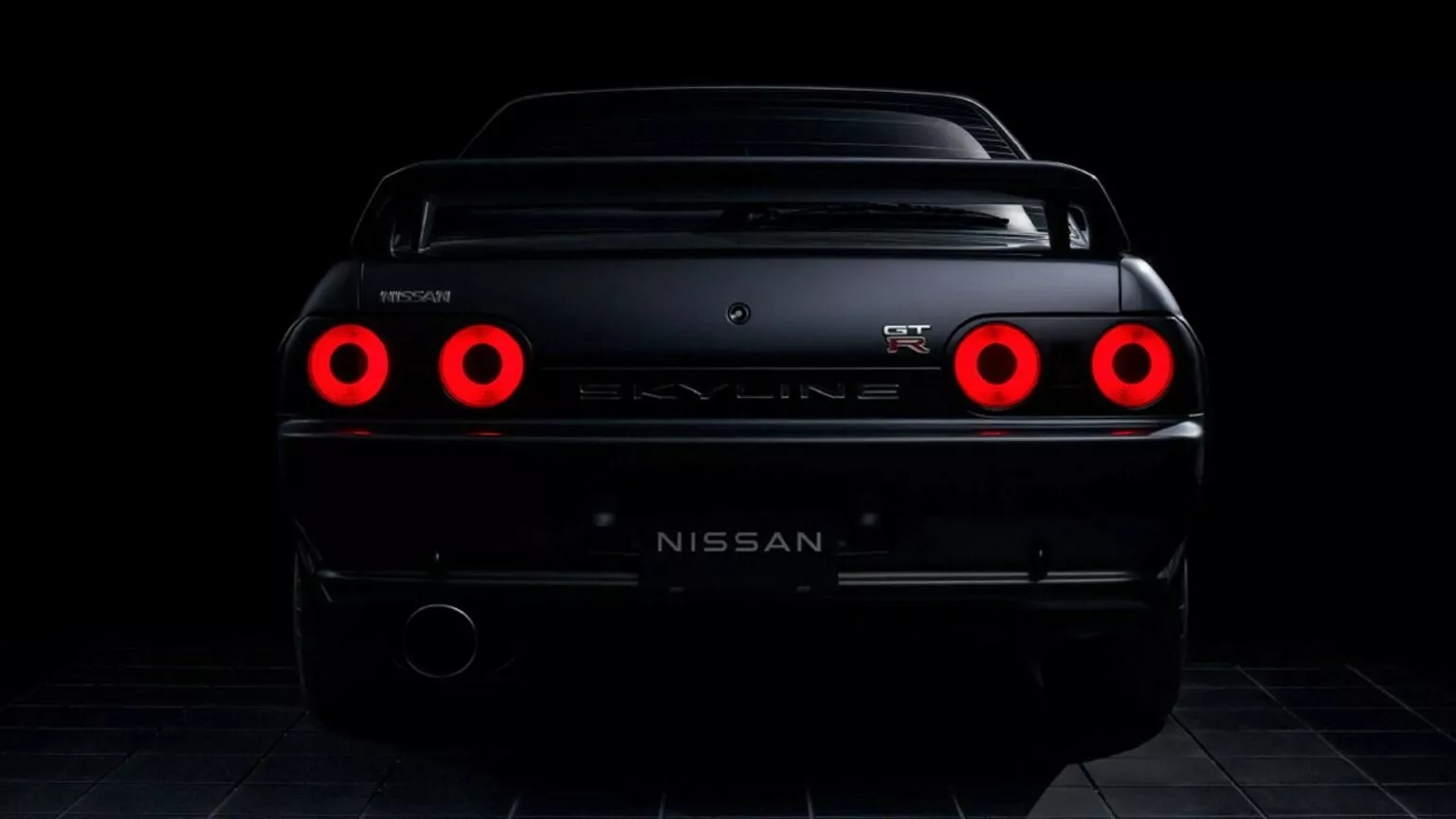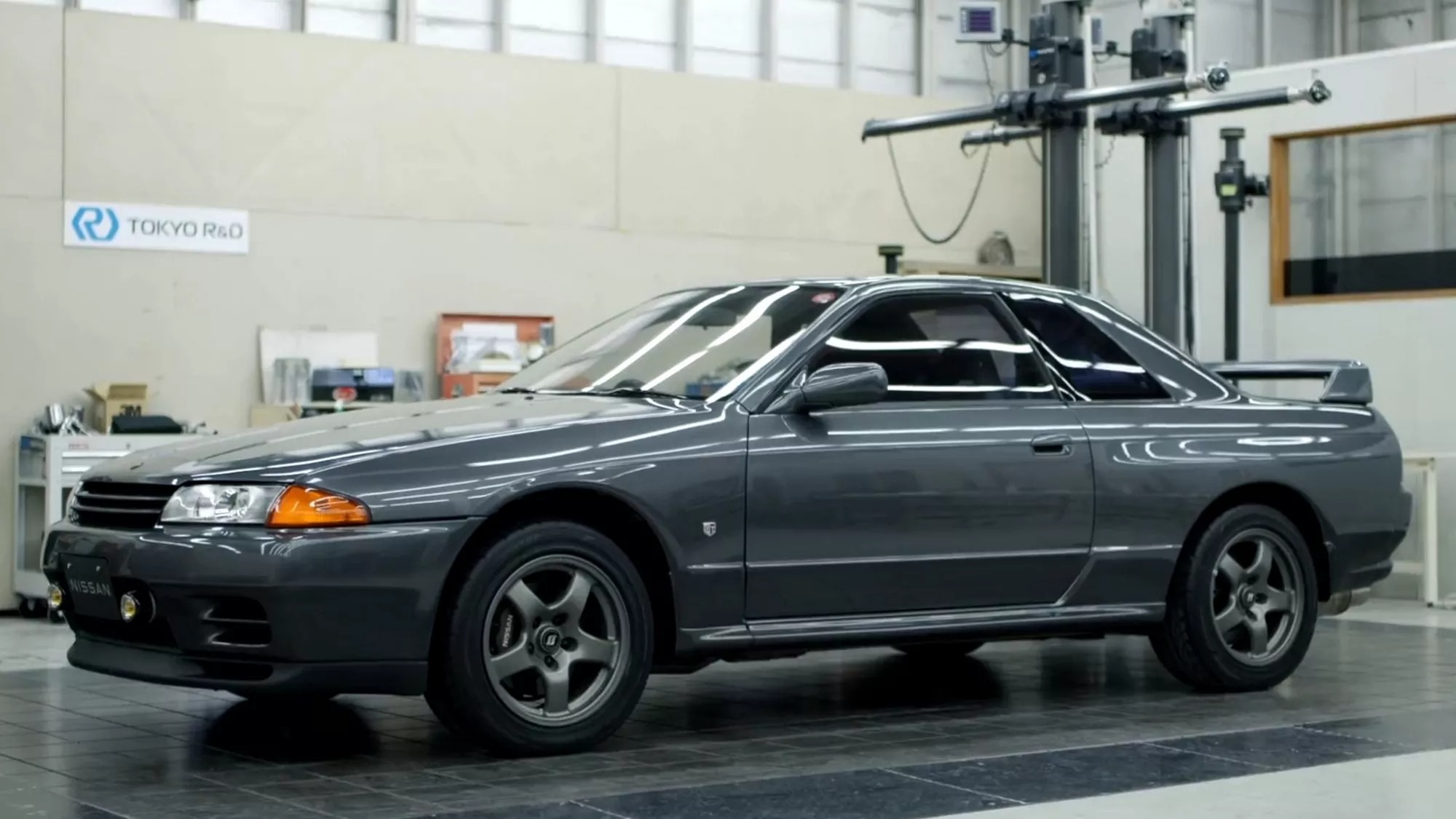Nissan Motor has announced that it is adopting a new strategy for the development of electrified powertrains, which it predicts will result in a 30% reduction in production and development costs by 2026 compared to the levels seen in 2019.
The automaker’s new approach, dubbed ‘X-in-1’, will involve sharing and modularizing core EV and e-Power powertrain components. This strategy is aimed at boosting competitiveness and will allow for the production of EV and e-Power components on the same production lines.
As part of this new approach, Nissan has developed a 3-in-1 powertrain prototype, which modularizes the motor, inverter, and reducer, that it plans to use in new EV models. Additionally, a 5-in-1 prototype, which includes the generator and increaser, is also planned for use in upcoming e-Power vehicles.
See also: Nissan will make a fresh update on 2022 Nissan Kicks e-Power
Nissan was the first automaker to mass-market an EV, the Leaf in 2010, and later launched its first e-Power electrified powertrain model based on 100% motor drive. The company aims to achieve e-Power price parity with internal combustion engine (ICE) vehicles by around 2026 with this new approach.
Furthermore, the X-in-1 approach will result in size and weight reduction of the e-Power system, reduced noise and vibration, and will use a newly developed motor with magnets that contain less than 1% of heavy rare earth elements.
Toshihiro Hirai, head of powertrain & EV engineering development, stated: “We make the most of our expertise and know how from our more than decade long development and production of electrified technologies. Through our innovations in electrified powertrain development we’ll continue to create new value for customers and deliver 100% motor-driven vehicles – EVs and e-POWER – as widely as possible.”
See also: New Nissan Kicks arrives in Japan with improved e-Power system
Under Nissan’s Ambition 2030 program, the company plans to launch 27 new electrified models, including 19 EVs, by the 2030 fiscal year.
In summary, Nissan is taking a new and innovative approach to its electrified powertrains, which it hopes will lead to significant cost savings and improved competitiveness. With the X-in-1 approach, the automaker is looking to share and modularize core EV and e-Power powertrain components and aims to achieve price parity with ICE vehicles by 2026.

